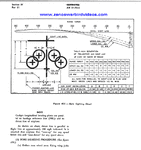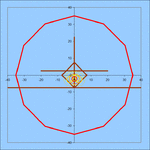Hi again,
>Last edited by claidemore : Today at 12:30 AM. Reason: (against bombers)
Oh, that wasn't in your post when I clicked "reply".
>This belief that .50s were ineffective (against bombers) [...]
With the addition, I see your point - in fact, it's the exact mirror image of the common misconception that cannon are effectly only against bombers.
Regards,
Henning (HoHun)
>Last edited by claidemore : Today at 12:30 AM. Reason: (against bombers)
Oh, that wasn't in your post when I clicked "reply".
>This belief that .50s were ineffective (against bombers) [...]
With the addition, I see your point - in fact, it's the exact mirror image of the common misconception that cannon are effectly only against bombers.
Regards,
Henning (HoHun)


